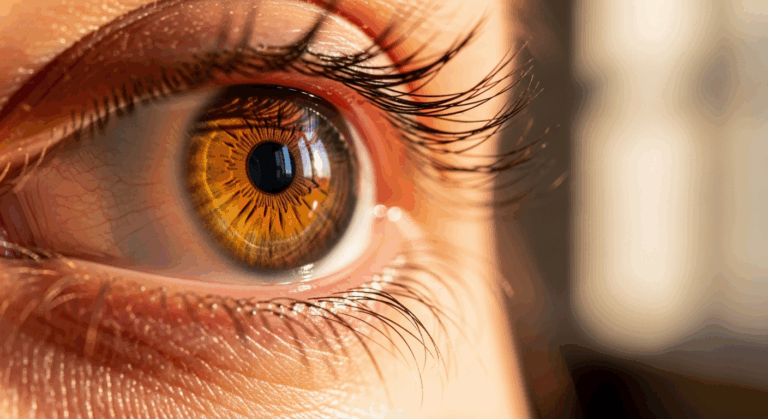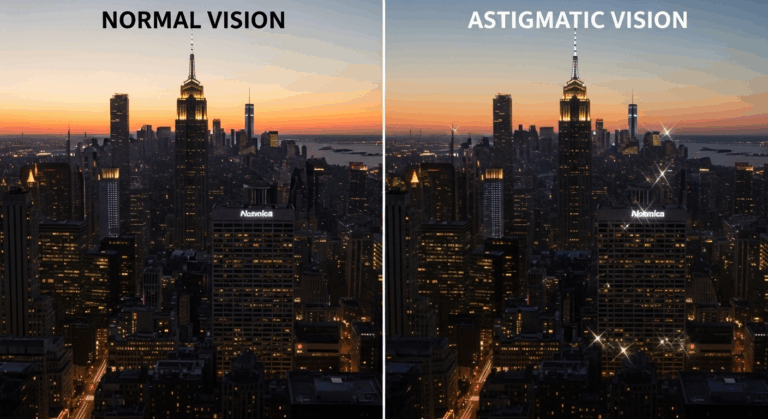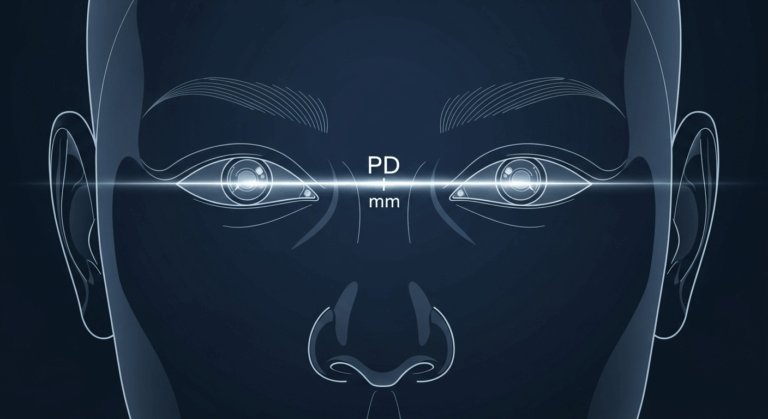Why reading glasses matter (and what usually causes the need)
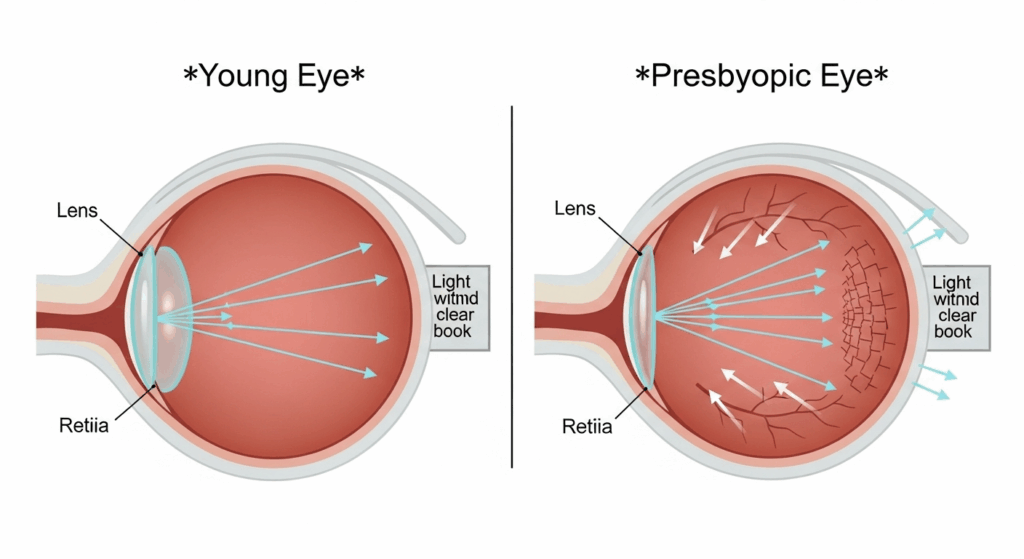
Presbyopia — the common culprit
Around your 40s or 50s your eyes gradually lose near focusing power — a condition called presbyopia. Think of your eye’s lens like a camera lens: over time it stiffens and can’t zoom in as easily. The result: you hold the menu farther and squint more.
Other reasons you might need reading glasses
We often get asked: “Is it just age?” Not always. Eye strain from screens, uncorrected refractive errors (myopia/farsightedness), and even medications can change near vision. If vision changes rapidly or you have pain or headaches, see an eye doctor.
Start here: decide OTC (over-the-counter) or prescription reading glasses
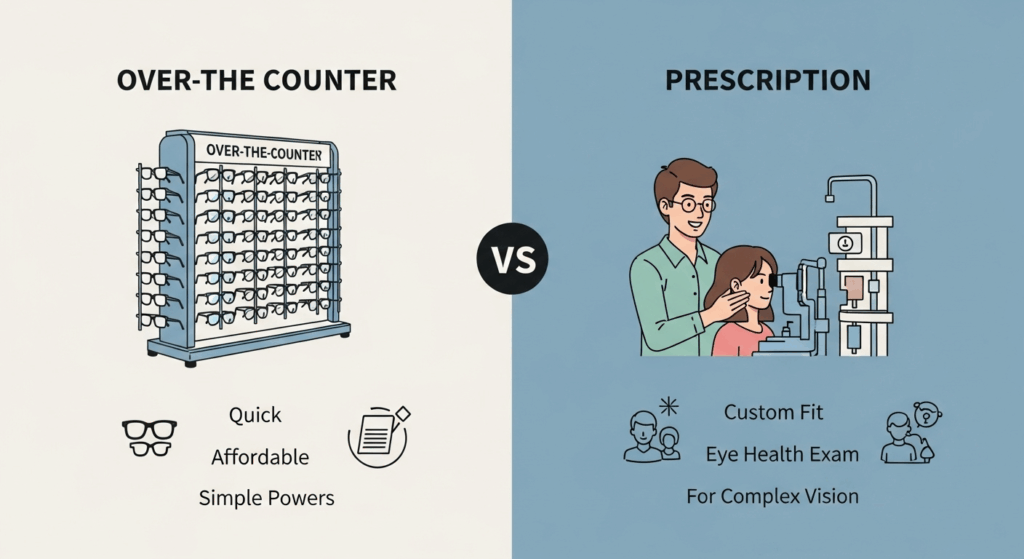
OTC reading glasses — when they work
OTC readers are single-vision lenses sold in pre-set strengths (+1.00 to +3.50 in common 0.25 or 0.50 steps). They’re great if:
- You have no eye disease.
- Your distance vision is fine with your current correction.
- You need a low-cost, quick solution for occasional reading.
Tip: try several strengths in a store or at home. Use the pair that lets you read comfortably at your normal reading distance without leaning forward.
Prescription reading glasses — when you should get them
You should see an optometrist/ophthalmologist if:
- You have unequal vision between eyes.
- You already wear distance glasses and need reading correction.
- You have eye disease (glaucoma, macular degeneration) or systemic disease (diabetes).
- You want progressive lenses, bifocals, or occupational lenses.
A professional will measure your true prescription, pupillary distance (PD), and check eye health.
Finding the right magnification (lens power)
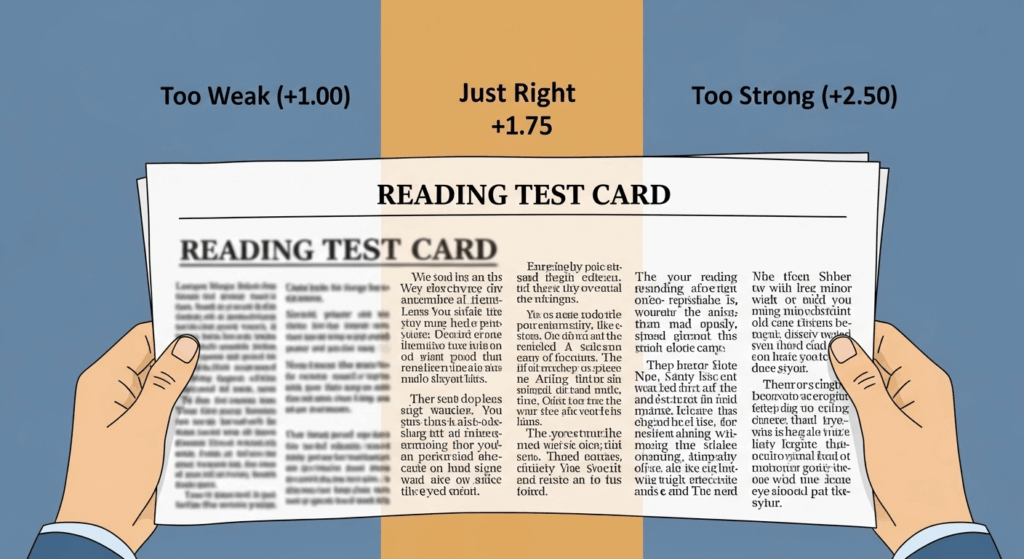
How magnification works
Lens power for reading is reported in diopters (D), such as +1.50 or +2.25. Higher numbers give stronger magnification. A useful way to choose:
- Measure your normal reading distance (how far you hold a book/phone) — usually 14–18 inches.
- Try OTC lenses starting low (+1.00) and increase in 0.25 or 0.50 steps until text is crisp at your normal distance.
Common mistakes to avoid
- Picking a higher power because “stronger must be better” — too strong causes headaches and dizziness.
- Using the same power for all tasks — computer work often needs a weaker power or a dedicated intermediate lens.
Lens types and coatings: pick what suits your life
Single-vision reading lenses
Good for straightforward near work. Clear field of view and usually cheaper.
Bifocals and progressives
- Bifocals give a clear line between distance and near zones. They’re simple but look “old-fashioned” to some.
- Progressives provide seamless transition from distance to near — no line — but need an adaptation period and are pricier.
Occupational lenses (task-specific)
If you read and do a lot of computer or close-up work, consider occupational or intermediate reading lenses designed for desk work. They give a wider intermediate zone than progressives.
Lens materials
- Polycarbonate: lightweight, impact-resistant — great if you’re active or have children around.
- High-index: thinner for stronger prescriptions.
- CR-39 (plastic): often cheapest and optically good for mild powers.
Coatings to consider
- Anti-reflective (AR) reduces glare and improves clarity — especially helpful for night reading or office lights.
- Scratch-resistant extends lens life.
- Blue-light filtering — mixed evidence on long-term benefit for eye health, but some people feel less digital eye strain. If you work long hours on screens, an AR coating with blue-light filter can be useful.
- UV protection is a good default; many lenses include it.
Frame fit: comfort equals use
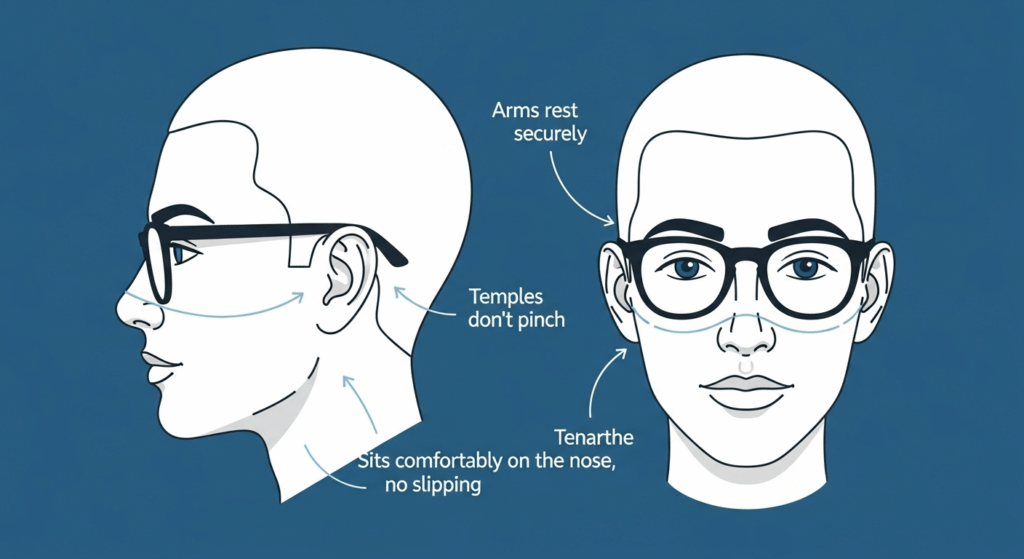
What “good fit” really means
Frames must sit well on your nose and ears and position the lenses correctly in front of your eyes. If frames slide down, you’ll tilt your head and cause neck strain — defeating the point.
Look for:
- Proper temple length so arms don’t press behind ears.
- Nose pads (adjustable are great) if you have a low or wide nose bridge.
- Lens height — for reading you want the lower third of the lens to align with your line of sight when looking down.
Style vs. function
Yes, you want to look good — but prioritize a frame that doesn’t pinch or slip. Lightweight frames like acetate or thin metal are comfortable for reading glasses you’ll wear often.
Special use cases
Reading glasses for computer work
Computer screens sit farther away than a book (18–30 inches). Many people benefit from:
- A slightly weaker reading power, or
- Dedicated computer glasses with an intermediate focal length, or
- Blue-light/AR coatings for comfort.
Multitasking and progressive lenses
If you need distance and near vision in one pair (e.g., driving then reading), progressives can reduce the number of pairs you own. But if most of your day is near work, a single-vision reading pair is often more comfortable.
Safety and sport reading glasses
If you read while doing hobbies (woodworking, cycling), choose impact-resistant polycarbonate lenses and snug-fitting frames to protect your eyes.
How to test reading glasses before you buy
Simple at-home checklist
- Can you read small print at your normal reading distance without leaning in?
- Do you experience headaches, nausea, or double vision after 15–30 minutes?
- Do the frames slide or pinch?
- If they’re progressive, can you find the near zone quickly (trial and error is normal for a few days)?
If answers are “yes” to discomfort or “no” to clarity, try a different power or see an eye doctor.
When to see an eye doctor — red flags
If you notice any of the following, book a professional exam:
- Sudden vision loss or sudden blurring.
- Persistent double vision.
- Eye pain, flashes of light, or many new floaters.
- Severe headaches related to reading.
- Changes in color perception or a new dark spot in vision.
Remember: glasses help with focusing — they’re not a substitute for treating eye disease.
Quick buying checklist (printable in your head)
- Decide OTC vs prescription.
- Measure your normal reading distance.
- Try strengths from low to high; avoid overshooting.
- Choose lens material (polycarbonate for safety; high-index for thinness).
- Add AR and scratch-resistant coatings; consider blue-light filter if you want it.
- Ensure proper frame fit and lens height for reading posture.
- If in doubt or with eye symptoms, get a professional eye exam.
Conclusion — pick what fits your life, not just your eyes
Choosing reading glasses is part science, part lifestyle. You want lenses that give clear text and a frame that keeps your neck relaxed. We often tell patients: start simple. If you read occasionally, an OTC pair may do. If you work at a desk, invest in prescription or occupational lenses. And remember — if anything changes suddenly, or you have discomfort, see an eye care professional.

